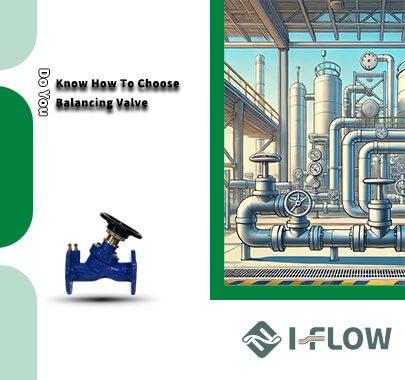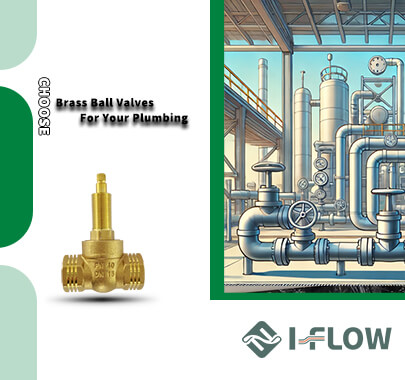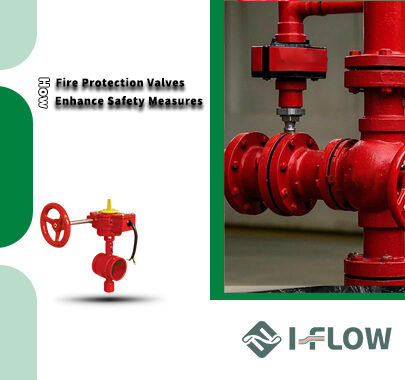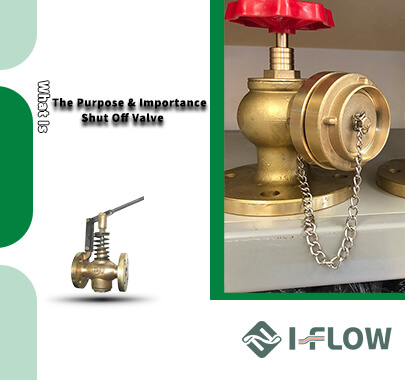The Air Cushion Check Valve is a cutting-edge valve designed to prevent backflow, minimize water hammer, and improve overall system reliability. Its unique air cushioning mechanism sets it apart from standard check valves, making it a preferred choice in industries such as HVAC, water treatment, and marine engineering. In this guide, we’ll explore the valve’s benefits, applications, and key features, helping you understand why it’s a vital component in modern piping systems.
What Makes the Air Cushion Check Valve Unique?
The Air Cushion Check Valve is engineered to enhance system safety and efficiency by addressing two common challenges: backflow and water hammer. Unlike traditional check valves, which may close abruptly and cause damaging pressure surges, the air cushion valve uses a controlled cushioning mechanism to ensure smooth closure. This not only prevents damage to piping but also reduces noise and vibration in the system.
Core Benefits of Air Cushion Check Valves
1. Superior Water Hammer Prevention
Water hammer can compromise system integrity and lead to costly repairs. The air cushion design absorbs shocks during valve closure, ensuring a gradual shutoff and protecting pipes and equipment from sudden pressure spikes.
2. Reliable Backflow Prevention
Backflow can lead to contamination, inefficiencies, and equipment failure. Air cushion check valves create a tight seal that prevents reverse flow, ensuring fluid travels only in the intended direction.
3. Long-Term Durability
The air cushion valve’s design minimizes wear on components, extending its operational life and reducing the frequency of maintenance. This translates to lower costs and improved system uptime.
4. Quieter Operations
The gradual closure mechanism significantly reduces operational noise, making these valves ideal for environments where silence is critical, such as residential HVAC systems or indoor water treatment facilities.
Applications of Air Cushion Check Valves
Air cushion check valves are highly versatile and suitable for a variety of applications, including
HVAC Systems: Prevent backflow in heating, ventilation, and cooling systems, ensuring efficient temperature regulation.
Water Treatment Plants: Maintain consistent water flow and prevent contamination in filtration and distribution processes.
Marine Systems: Provide reliable control of fluids in ship systems and offshore platforms, withstanding dynamic environmental conditions.
Industrial Piping: Manage high-pressure flows in complex industrial systems where reliability and precision are paramount.
How the Air Cushion Check Valve Works
The Air Cushion Check Valve features an innovative cushioning mechanism that softens the closing motion of the valve disc. This mechanism involves a pocket of air that acts as a buffer, absorbing energy from the fluid flow and slowing down the closure. By reducing the impact forces, the valve minimizes the risk of water hammer and ensures a smoother transition.
Choosing the Right Air Cushion Check Valve
To select the best air cushion check valve for your system, consider the following
1. Material Selection
For corrosive or high-temperature environments, choose valves made of stainless steel or other durable, corrosion-resistant materials.
2. Pressure and Temperature Ratings
Ensure the valve matches the operational conditions of your system, including pressure and temperature ranges.
3. Size Compatibility
Verify that the valve size aligns with the pipeline diameter to maintain optimal flow rates and pressure balance.
4. Application-Specific Needs
Consider additional features, such as enhanced seals or customized cushioning mechanisms, based on the demands of your application.
Comparative Alternatives
While the air cushion check valve is a standout for its water hammer mitigation, other check valve options may also meet your needs
Rubber Disc Check Valves: Offer silent operation and flexibility, ideal for noise-sensitive applications.
Spring-Loaded Check Valves: Provide strong backflow prevention with compact designs, though without the cushioning effect.
Dual Plate Check Valves: Slim-profile valves suitable for tight spaces and less demanding applications.

.png)
 en |
en |














